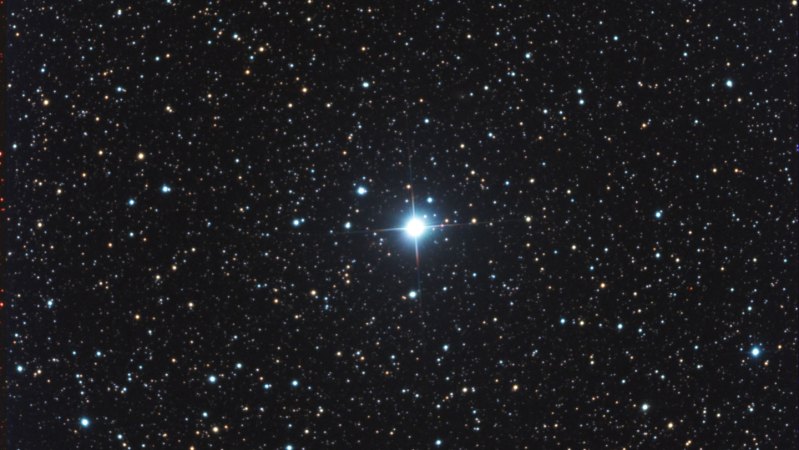In a captivating celestial event, two exploding stars, V462 Lupi and V572 Velorum, are currently visible in the Southern Hemisphere, offering a rare spectacle for stargazers. While these stellar explosions, known as novae, are primarily observable from the Southern Hemisphere, V462 Lupi has also been spotted from certain locations in the United States, providing a unique opportunity for enthusiasts in the Northern Hemisphere.
The occurrence of two novae simultaneously visible is an uncommon event, sparking excitement among astronomers and amateur stargazers alike. The brightness of these stars, caused by nuclear explosions on the surface of white dwarf stars, makes them visible without the need for advanced telescopic equipment.
The Science Behind Novae
Novae occur when a white dwarf star, which is the remnant of a sun-like star, accretes material from a companion star. This accumulation of material eventually triggers a thermonuclear explosion, causing the star to shine brightly for a short period. These explosions can increase the brightness of the star by thousands of times, making them visible from Earth.
Dr. Emily Carter, an astrophysicist at the University of Sydney, explains, “Novae are fascinating because they allow us to study the life cycle of stars and the dynamics of binary star systems. Each nova provides unique insights into stellar evolution and the complex interactions between stars.”
Historical Context and Significance
The visibility of two novae at once is reminiscent of historical astronomical events that have captured human imagination. In 1572, the famous astronomer Tycho Brahe observed a supernova in the constellation Cassiopeia, which was visible to the naked eye for over a year. Such events have historically played a crucial role in advancing our understanding of the universe.
While novae are less dramatic than supernovae, they still offer significant scientific value. The study of novae contributes to our understanding of binary star systems and the processes that lead to stellar explosions.
Viewing Opportunities and Challenges
For those in the Southern Hemisphere, the best chance to view V462 Lupi and V572 Velorum is during clear nights, away from urban light pollution. The stars are located in the constellations of Lupus and Vela, respectively. Observers in the Northern Hemisphere, particularly in the southern United States, may also catch a glimpse of V462 Lupi under optimal conditions.
According to the International Astronomical Union, “The visibility of these novae provides a rare educational opportunity for both professional astronomers and the general public to observe and study stellar phenomena.”
Implications for Future Observations
The simultaneous appearance of these novae highlights the dynamic nature of our universe and underscores the importance of continuous observation. As technology advances, astronomers are better equipped to detect and study such phenomena, leading to new discoveries and a deeper understanding of cosmic events.
Looking ahead, astronomers are hopeful that these observations will lead to further insights into the life cycles of stars and the mechanisms driving stellar explosions. The data collected from these events will contribute to ongoing research and may even help predict future novae.
In conclusion, the visibility of V462 Lupi and V572 Velorum offers a rare and exciting opportunity for both professional astronomers and amateur stargazers. As these stars continue to shine brightly in the night sky, they remind us of the vastness and wonder of the universe we inhabit.
